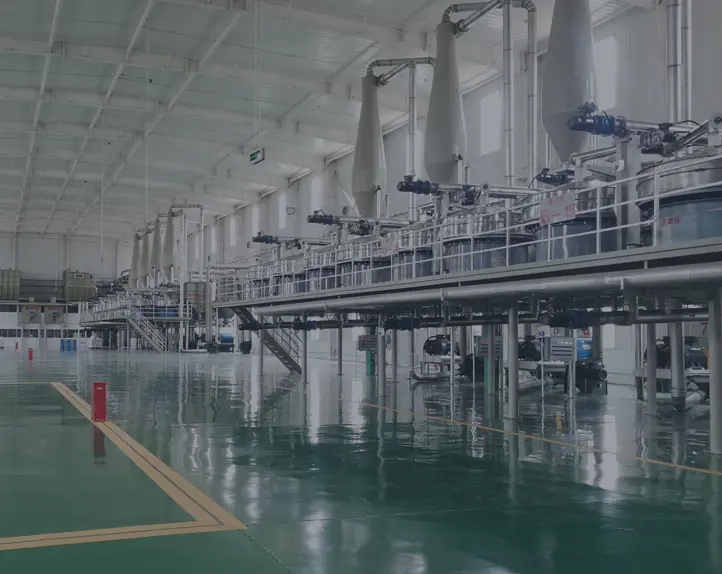
অক্টো. . 21, 2024 03:13 Back to list
Exploring the Properties and Applications of HPMC Hydroxypropyl Methyl Cellulose in Industry
An Insight into Hydroxypropyl Methyl Cellulose (HPMC) and Its Importance in Various Industries
Hydroxypropyl methyl cellulose (HPMC) is a versatile cellulose ether widely used in various industries due to its beneficial properties and performance characteristics. As a non-ionic compound, HPMC is derived from natural cellulose through a series of chemical modifications, making it a popular choice in multiple applications, from pharmaceuticals to construction materials.
Chemical Properties and Structure
HPMC is formed by the substitution of hydroxypropyl and methyl groups onto the cellulose backbone. This modification enhances solubility, thermal stability, and the ability to form gels, which is crucial in applications where specific physical properties are required. The degree of substitution and molecular weight can be tailored to meet specific application needs, offering a high level of customization. As a result, HPMC can exist in different viscosities, allowing it to function as a thickening agent, binding agent, or film-forming agent.
Applications in Pharmaceuticals
One of the primary industries that utilize HPMC is pharmaceuticals. In this sector, HPMC is predominantly used as a binder in tablet formulations, contributing to the uniform distribution of active ingredients and ensuring tablet integrity. Additionally, its ability to form gels is essential for controlled-release formulations, enabling the sustained release of drugs over an extended period. This characteristic is particularly valuable in enhancing patient compliance, especially for medications requiring a long-term therapeutic effect.
Moreover, HPMC serves as a stabilizing agent in emulsions, enhancing the stability of liquid formulations, which is crucial for oral, topical, and ophthalmic products. Its low toxicity and biocompatibility make it a preferred choice over other synthetic polymers, especially in formulations aimed at sensitive patient groups.
Role in Food Industry
china hpmc-hydroxypropyl methyl cellulose

HPMC has found its way into the food industry, where it is utilized as a food additive. It functions as a thickening agent, emulsifier, and stabilizer in various food products, including sauces, dressings, and dairy items. The Food and Drug Administration (FDA) classifies HPMC as Generally Recognized as Safe (GRAS), ensuring its safety for consumption. Its ability to improve texture and mouthfeel enhances the overall quality of food products, making it an essential ingredient in modern food processing.
Construction and Building Materials
In the construction industry, HPMC acts as an essential additive in mortars, plasters, and tile adhesives. Its capacity to increase water retention, improve workability, and enhance adhesion properties allows for stronger and more durable construction materials. This is particularly important in modern construction methods, where the demand for high-performance materials continues to rise. By improving the application of materials and ensuring optimal performance, HPMC contributes significantly to the longevity and durability of built structures.
Cosmetics and Personal Care Products
Additionally, HPMC is widely utilized in cosmetics and personal care products. Its thickening and stabilizing properties enhance the texture of creams, lotions, and gels, making them more appealing to consumers. HPMC helps maintain product consistency and efficacy, ensuring that formulations meet performance standards in a competitive market. The ability of HPMC to form films also provides benefits in skin protection and cosmetic adherence.
Conclusion
Hydroxypropyl methyl cellulose is undeniably a multifunctional agent with far-reaching applications across various industries. From pharmaceuticals to food products, construction materials, and cosmetics, HPMC's diverse applications highlight its importance in modern manufacturing and formulation processes. As industries evolve, the demand for adaptable and efficient materials like HPMC will continue to grow, positioning it as a critical component in the development of innovative products. Understanding and harnessing the potential of HPMC can lead to advancements in product formulations, enhancing performance and consumer satisfaction.
-
Versatile Hpmc Uses in Different Industries
NewsJun.19,2025
-
Redispersible Powder's Role in Enhancing Durability of Construction Products
NewsJun.19,2025
-
Hydroxyethyl Cellulose Applications Driving Green Industrial Processes
NewsJun.19,2025
-
Exploring Different Redispersible Polymer Powder
NewsJun.19,2025
-
Choosing the Right Mortar Bonding Agent
NewsJun.19,2025
-
Applications and Significance of China Hpmc in Modern Industries
NewsJun.19,2025







